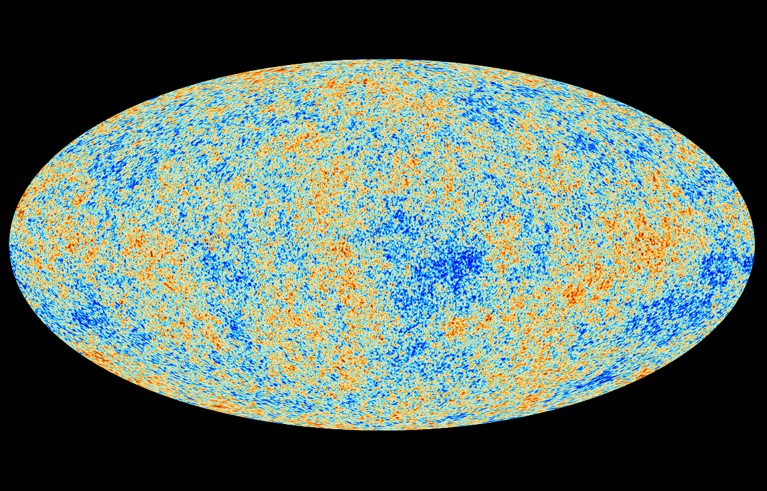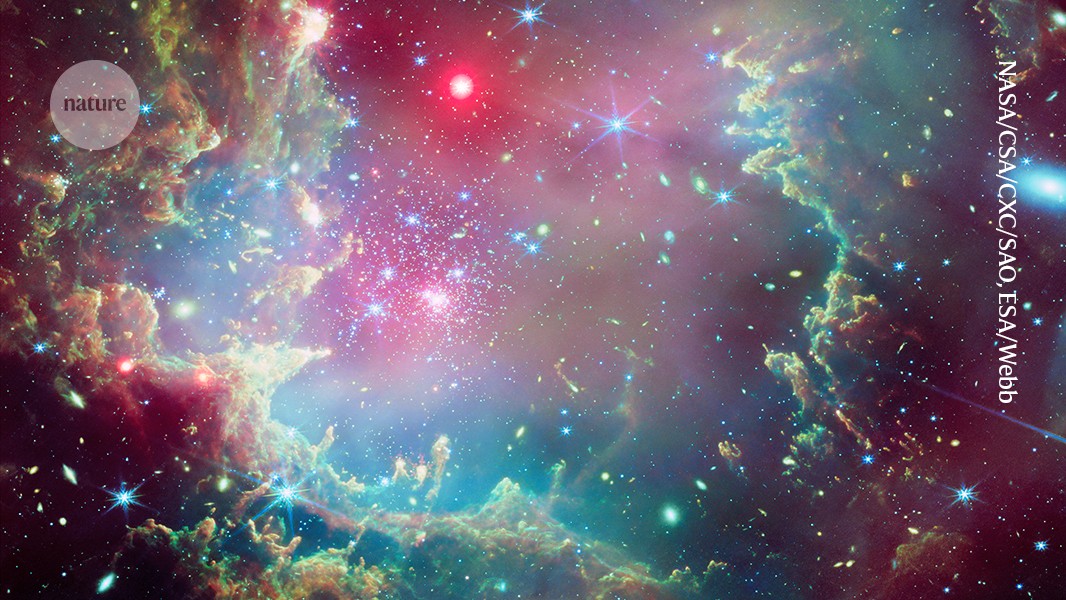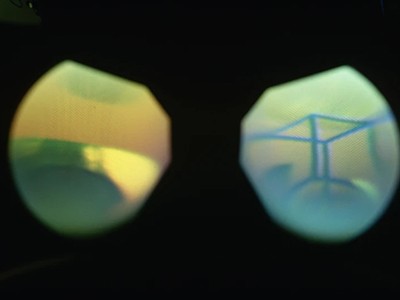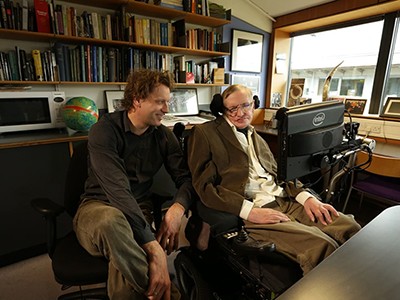Discordance: The Troubled History of the Hubble Constant Jim Baggott Oxford Univ. Press (2025)
Ever since the publication of James Jeans’ The Mysterious Universe in 1930 and Willem de Sitter’s Kosmos two years later, popular books on the Universe have proliferated. Jim Baggott is an experienced British science writer whose previous works on modern physics include Higgs (2012) and Quantum Reality (2020).
Why bad philosophy is stopping progress in physics
His latest book, Discordance, fits into the class of conventional popular cosmology, in so far that it is an account of how our present understanding of the Universe has emerged. But it is also, with some exceptions, more historically correct than other similar books. Baggott’s book is a masterpiece that combines depth with clarity and comprehensiveness with readability. It presents modern cosmology as an unfinished business, rather than as the final conclusion on what the Universe is all about.
Discordance does not shy away from difficult concepts, either. Modern cosmology is challenging to understand and Baggott ambitiously introduces his readers to the technical terms cosmologists use to think about the Universe. For example, he explains in detail how patterns in the cosmic microwave background tell us about the behaviour of matter and radiation in the hot early Universe. And he reveals why cosmologists are so interested in ‘type Ia supernovae’ — the rare explosions of dying stars that function as markers of cosmic distances and help to trace how the Universe expands.
“The science can be hard,” Baggott admits, “but the reward for sticking with it is the glimpse it affords of the extraordinary beauty of the universe. Not just the universe as we see it, but the universe as we try to comprehend it.”
A humbling tension
Discordance is essentially the story of how scientists have perceived and explained the Universe from the early twentieth century to the present. The title refers to the fact that the favoured theory of the Universe disagrees with some observations and is challenged by rival ideas. It also refers to concordance — the antonym of discordance — in so far that the currently accepted theory of the cosmos is sometimes called the concordance model.
How Stephen Hawking flip-flopped on whether the Universe has a beginning
More specifically, the book focuses on the Hubble constant, the measured rate of the Universe’s expansion — a key parameter in cosmology since its introduction in 1929. Incidentally, the Hubble constant is not constant. Because the inverse Hubble constant provides a rough measure of the Universe’s age, the parameter’s value slowly decreases as the Universe grows older. Thus, the term is a misnomer. But many astronomers and physicists still prefer this well-established terminology over the alternative, the Hubble parameter, and so does Baggott.
The book describes how astronomers’ estimates of the Hubble constant have changed over time as observations have improved, first drastically and, over the past few decades, more modestly, albeit still markedly. Originally, the problem was a too-large value that implied that the Universe’s age was less than that of Earth — an obvious difficulty. Advanced telescopes, including the Hubble Space Telescope, fuelled the development of ‘precision cosmology’ and narrowed the value down to around 70, in the awkward unit of kilometres per second per megaparsec.
Yet disagreements between results from different methods persist — a much-discussed conundrum known as the Hubble tension. Reliable results estimated using the cosmic microwave background (remnant light from the early Universe) disagree with equally reliable findings from astronomical measurements using nearby galaxies. Although the two techniques’ estimates for the Hubble constant are not hugely different, astronomers worry that they are distinct enough to create a serious problem. Or are they? As Baggott points out, amid the confusion, we don’t know whether it is a real problem, nor whether improved measurements will solve the issue.

Temperature variations in the cosmic microwave background reveal the seeds of galaxies that we observe today.Credit: ESA, The Planck Collaboration/SPL
In addition to the Hubble tension, the current standard cosmological model has a few other problems, of which the lack of understanding about dark matter (if it exists) is the best known. Scientists’ attempts to explain the dark energy that ‘blows up’ the Universe and accelerates its expansion have so far failed miserably. Similarly, physicists have been unable to explain why the Universe consists almost exclusively of matter with practically no trace of antimatter. These problems, too, are dealt with in Discordance, expertly but in less detail than the Hubble tension.
Given all these gaps in understanding, leading cosmologists disagree about whether some type of new physics beyond the standard model of particle physics is required to remedy what a few scientists consider a fundamental crisis. Baggott’s conclusion is balanced: “The arguments in favour of new physics and the demands to rethink cosmology should not detract from the extraordinary achievements of astronomy and cosmology over the past century or so. What we are witnessing is simply the scientific enterprise at work, and this is often messy and incoherent.”




